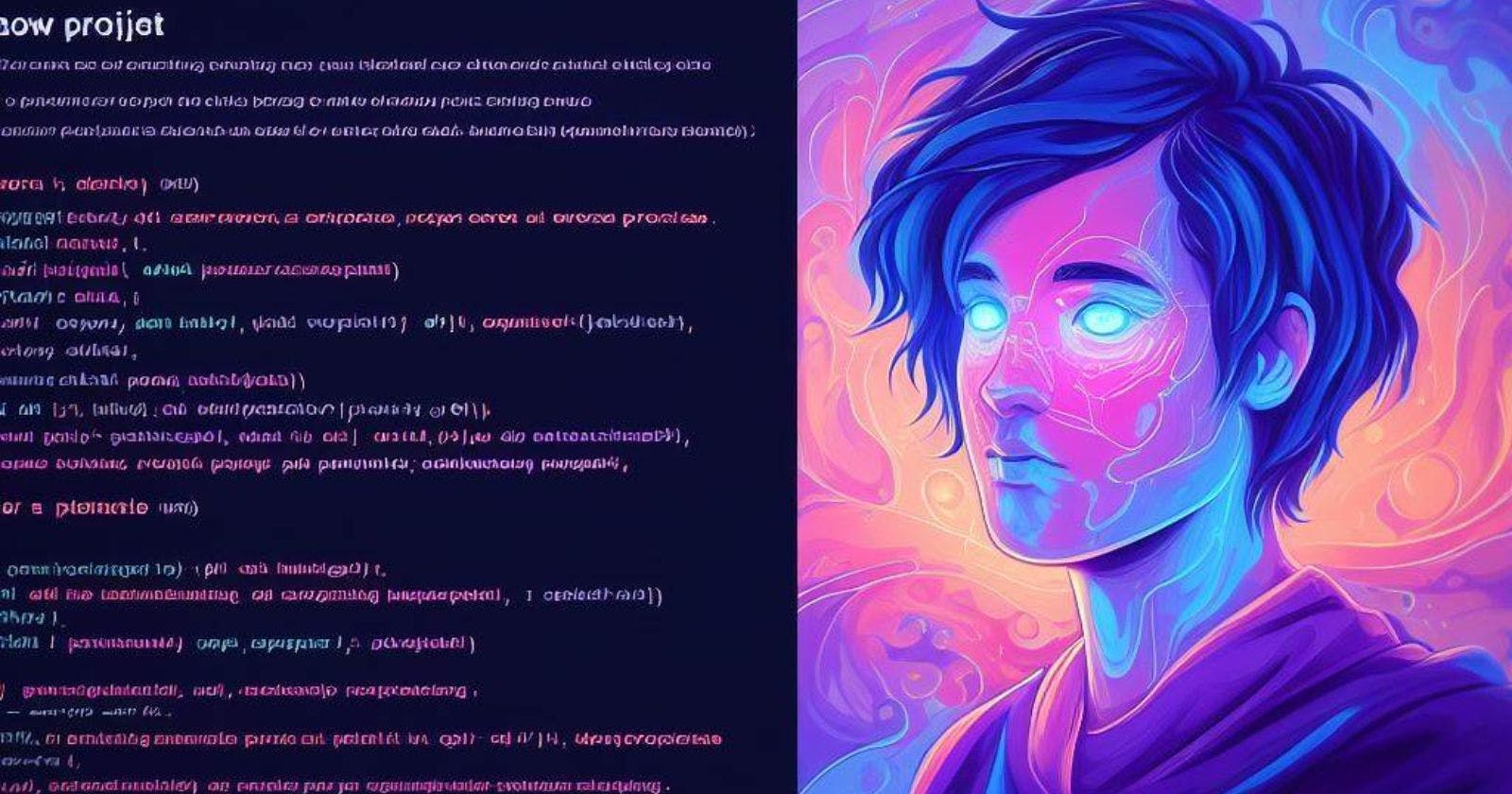Artificial intelligence (AI) has immense potential to transform businesses and enhance people's lives. However, integrating cutting-edge AI systems can be complex for developers. This is where OpenAI's ingenious reverse proxy architecture comes in.
Reverse proxies act as intermediaries between client applications and AI APIs. They streamline API usage while unlocking valuable benefits. For those looking to harness AI, implementing an OpenAI reverse proxy unlocks transformative possibilities.
Curious to learn more? Read on as we unpack everything you need to know about OpenAI reverse proxies.
What is an OpenAI Reverse Proxy?
An OpenAI reverse proxy is a server that sits between client applications (e.g. web or mobile apps) and the OpenAI API. It acts as a middleman, facilitating communication between clients and AI models.
The proxy handles tasks like:
Forwarding API requests from clients
Returning API responses to the requesting client application
Providing additional functions like caching, access control, rate limiting etc.
In a nutshell, the reverse proxy manages interactions with OpenAI APIs on behalf of client apps. This simplifies integrating AI while unlocking performance and security benefits.
Why Use an OpenAI Reverse Proxy?
Here are the top reasons for implementing an OpenAI reverse proxy:
1. Cost Savings
Reverse proxies allow consolidating requests across multiple client apps through a single API key. This reduces overall API usage costs.
2. Enhanced Performance
Caching responses, compressing payloads, and balancing loads across multiple API servers improves latency and throughput.
3. Strengthened Security
Acting as a gatekeeper, the proxy protects APIs by filtering requests, blocking suspicious actors, enabling rate limiting etc.
4. Simplified API Access
Abstracting away direct API interaction, the proxy provides a simplified interface for client applications.
5. Greater Control
Additional custom logic can be built into the proxy layer to enhance and customize API functionality.
How Does an OpenAI Reverse Proxy Work?
Here is a step-by-step overview:
A client application sends an API request to the reverse proxy server
The proxy forwards the request to the appropriate OpenAI API instance
OpenAI API processes the request and returns the response
The proxy receives the response and sends it back to the requesting client app
So the reverse proxy manages to send requests and return responses between clients and OpenAI APIs.
How to Set Up an OpenAI Reverse Proxy
Setting up a reverse proxy involves:
Obtaining a Proxy Server
Acquire a reverse proxy server and API key either by:
Building your own proxy server
Using a cloud-based proxy service
Getting a proxy server from OpenAI developer communities
Customizing the Proxy
Configure proxy behavior based on requirements like:
Security needs
Caching rules
Allowed endpoints etc.
Integrating the Proxy
Add the proxy URL and API key in the client application code to route OpenAI requests through the proxy.
Who Can Benefit from an OpenAI Reverse Proxy?
OpenAI reverse proxies offer advantages for:
Developers
Integrate performant, scalable and secure AI into applications faster.
Businesses
Manage API usage costs and ensure streamlined performance across products relying on AI.
Individuals
Those working on personal projects can improve their experience while reducing API costs.
The Power of Proxies
As AI capabilities rapidly advance, fueling innovation across industries, efficiently integrating AI is crucial. This is where OpenAI's ingenious reverse proxy model shines.
Offering a simplified, managed gateway to leading-edge AI, proxies expand access for developers. By handling tedious tasks like security, caching, rate limiting etc, they empower innovators to focus on creating.
So whether you're a coder building the next AI wonder-app, or a business seeking to boost customer experience via machine learning, OpenAI reverse proxies pave the way. Unlocking the full potential of artificial intelligence is now in your grasp. The future is proxy-powered!
I hope this guide offered useful insights on harnessing the power of OpenAI reverse proxies. Feel free to share any questions in the comments section below.

